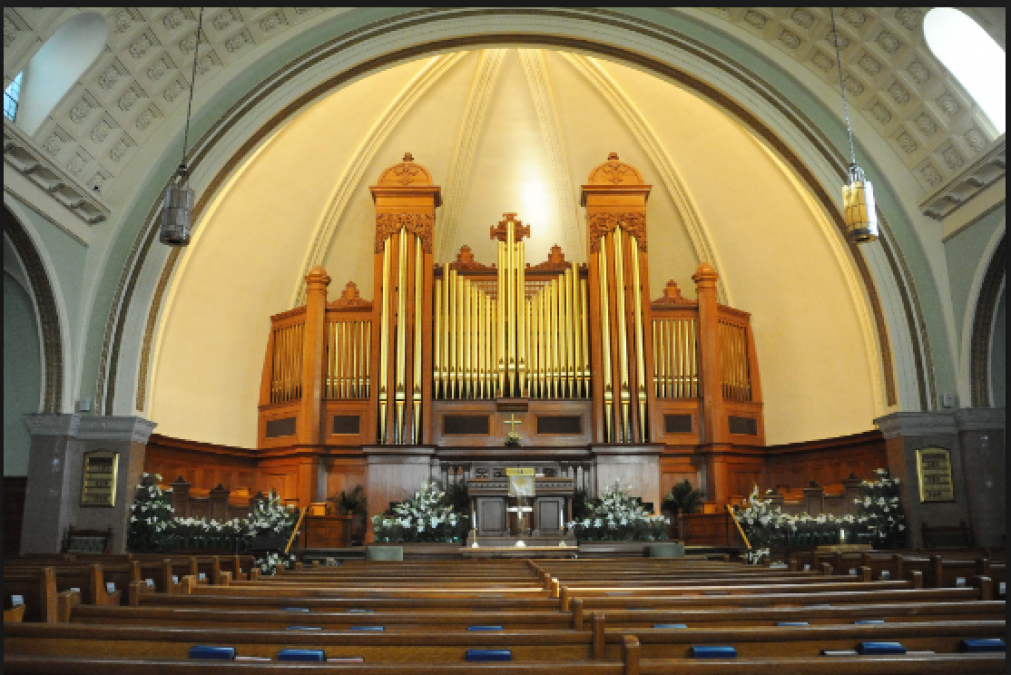
The roots of the Presbyterian Church trace back to John Calvin, a 16th-century French reformer. Calvin trained for the Catholic priesthood, but later converted to the Reformation Movement and became a theologian and minister who revolutionized the Christian church in Europe, America, and ultimately the rest of the world. Calvin dedicated a great deal of thought to practical matters such as the ministry, the church, religious education, and the Christian life. He was more or less coerced into leading the Reformation in Geneva, Switzerland. In 1541, the town council of Geneva enacted Calvin's Ecclesiastical Ordinances, which set forth regulations on issues related to church order, religious training, gambling, dancing, and even swearing. Strict church disciplinary measures were enacted to deal with those who broke these ordinances.
Calvin's theology was very similar to Martin Luther's. He agreed with Luther on the doctrines of original sin, justification by faith alone, the priesthood of all believers, and the sole authority of the Scriptures. He distinguishes himself theologically from Luther primarily with the doctrines of predestination and eternal security. The Presbyterian concept of church elders is based on Calvin's identification of the office of elder as one of the four ministries of the church, along with pastors, teachers, and deacons. Elders participate in preaching, teaching, and administering the sacraments.
also read Narad Jayanti 2019: Narad Puran lessons to remove sadness and poverty
As in 16th-century Geneva, Church governance and discipline today include elements of Calvin's Ecclesiastical Ordinances, but these no longer have power beyond the members' willingness to be bound by them.
The Influence of John Knox on Presbyterianism
Second in importance to John Calvin in the history of Presbyterianism is John Knox. He lived in Scotland in the mid-1500s. He led the Reformation in Scotland following Calvinistic principles, protesting against the Catholic Mary, Queen of Scots, and Catholic practices. His ideas set the moral tone for the Church of Scotland and also shaped its democratic form of government.
The Presbyterian form of church government and Reformed theology were formally adopted as the national Church of Scotland in 1690. The Church of Scotland remains Presbyterian today.
Presbyterianism in America
Since the colonial period, Presbyterianism has had a strong presence in the United States of America. Reformed churches were first established in the early 1600s with Presbyterians shaping the religious and political life of the newly established nation. The only Christian minister to sign the Declaration of Independence, was Reverend John Witherspoon, a Presbyterian.
In many ways, the United States is founded on a Calvinist point of view, with emphasis on hard work, discipline, the salvation of souls and the building of a better world. Presbyterians were instrumental in the movements for women's rights, the abolition of slavery, and temperance. During the Civil War, American Presbyterians divided into southern and northern branches. These two churches reunited in 1983 to form the Presbyterian Church U.S.A., the largest Presbyterian/Reformed denomination in the United States.
also read The Buddha, Siddhartha Gautam and his life journey in Nepal